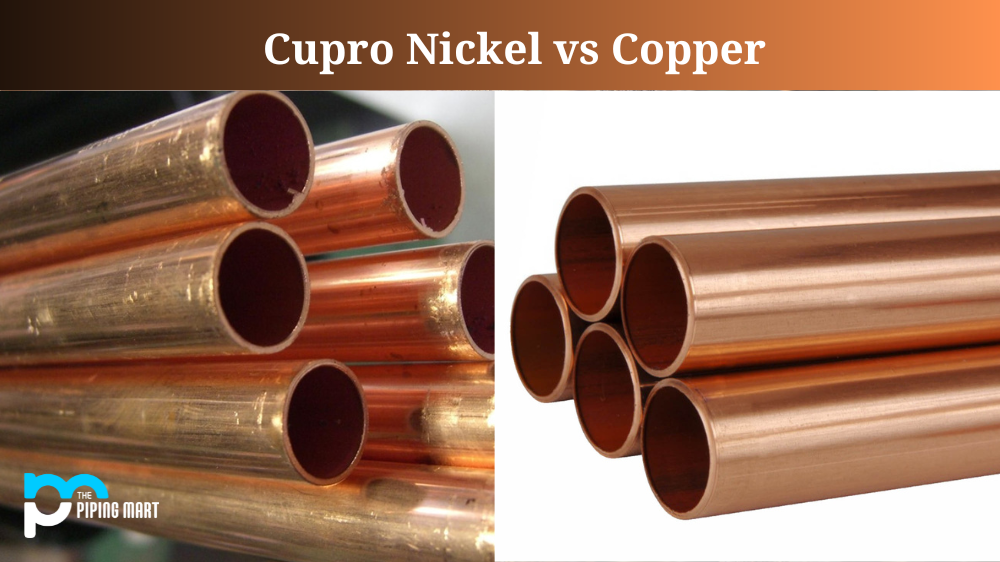Nickel 200 is a highly corrosion-resistant nickel alloy commonly used in the chemical processing, aerospace, marine, and oil and gas industries. It is often used in applications where high temperatures are expected, as it can easily handle temperatures up to 1400° F. Welding nickel 200 requires special techniques and knowledge. So if you’re looking to weld this alloy for the first time, you’ve come to the right place! Let’s take a look at how to get started.
Preparing the Nickel 200 for Welding
The most important step when welding any material is properly preparing your work area. Before you start welding nickel 200, make sure that all surfaces are clean and free from rust or other debris that can contaminate the weld. If possible, use a degreaser or acetone cleaner on the surfaces before welding. Also, wear appropriate safety gear such as gloves, goggles, respirators, and flame-resistant clothing while working with this metal.
Welding Techniques
Nickel 200 can be welded using either TIG (inert tungsten gas) or MIG (metal inert gas) welding techniques. Both methods involve using an electrode composed of tungsten (in TIG) or wire (in MIG), which generates an arc between itself and the welded material. When using either technique, your welder must be set up correctly; too low of amperage can result in poor penetration, while too high can cause porosity in your welds. Generally speaking, TIG welding will yield better results than MIG because it allows precise control over penetration depth and heat input into the joined materials. However, for those just getting started with welding nickel 200, MIG may be a better choice due to its relative ease of use compared to TIG welding.
Using Filler Materials
When welding nickel 200 with either TIG or MIG processes, it’s important to use filler materials that match both hardness and strength requirements to successfully join two pieces being joined together. For thinner metals such as sheet metal or pipe fittings under 1/8 inch thick, ERNi-2 filler material should be used; thicker metals should use ENi-CI filler material instead. Additionally, remember that preheating prior to welding may be necessary depending on application requirements; refer to product specifications for preheat temperature recommendations before beginning your project!
Conclusion:
Welding nickel 200 can seem like a daunting task at first, but with proper preparation and knowledge about the process, it doesn’t have to be! With the right tools and techniques, you’ll be able to confidently tackle any job requiring this specialized alloy in no time at all. Remember that choosing the correct filler materials is essential for achieving strong welds; also, don’t forget about safety precautions, such as wearing protective gear when working with hot metals like these! As long as you follow these guidelines, you’ll have no trouble mastering this type of welding. Good luck!

Abhishek is a seasoned blogger and industry expert, sharing his insights and knowledge on various topics. With his research, Abhishek offers valuable insights and tips for professionals and enthusiasts. Follow him for expert advice on the latest trends and developments in the metal industry.




